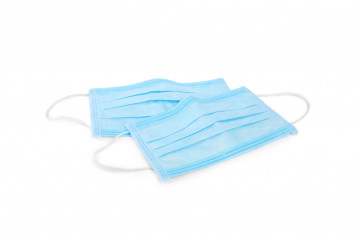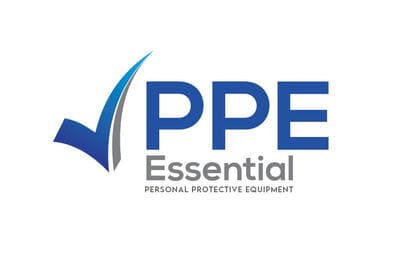Airborne Precautions
Jul 01, 2020
Airborne Precautions PPE
Airborne hazards are common in many professions. Although it is more prevalent in the health sector, it is still present in other industrial areas such as blacksmithing and woodworking.
Airborne hazards are the dangers that move around through the air. It can only be transmitted or moved about through the air mechanism. In the health sector, airborne hazards include several airborne diseases such as measles, chickenpox, and tuberculosis. In the industrial area, airborne hazards include smokes, carbon dioxide, and carbon monoxide.
Regularly getting exposed to these hazards is dangerous to health. In the health sector, exposure to airborne hazards places the individual to the risk of contracting the diseases. Also, exposure to hazardous gases in the industrial areas is dangerous to such individuals' respiratory organs.
When the exposure gets too high, such an individual is at the risk of experiencing severe health complications. In some cases, when the difficulties get too much, it can result in such an individual's death.
As it is commonly said, prevention is better than cure. Taking precautions against these airborne hazards is better than finding solutions when it eventually leads to complications. The use of PPE is one of the standard precautions against airborne hazards.
PPE is the acronym for personal protective equipment. Airborne precaution PPE is meant to protect the individual from air-related hazards. While some airborne precautions PPE are general, others are specific for some purposes.
Personal Protective Equipment or Airborne Precautions
Preventing the transmission of airborne hazards is essential. These hazards cannot be avoided in some fields; you can only protect yourself. Industries will always produce smoke. Doctors will still have to treat individuals with the airborne disease. The only way to go is to use airborne precaution PPE.
There are three dominant airborne precautions PPEs, and they are;
- Face and Nose Masks: The use of masks is one of the most capable airborne precautions PPE. Face and nose masks are made from some specific materials that are meant to offer protective covering to the nose. The materials used to create a face and nose masks are capable of preventing dangerous molecules from penetrating. Therefore, it eliminates the possibility of inhaling hazardous particles. There are different types of face masks, and they are more predominant in the health sector.
- Respirators: The use of respirators as personal protective equipment is more prevalent in the industrial area. It works by filtering the air coming into the lungs of an individual. It can also work by purifying the air or sourcing for purified air amidst the complications. Some respirators even protect against dust and other particles.
- Face Shields: Face shields work similarly with face masks. It offers full protection for the entire face, including nose and mouth. It is capable of protective equipment, and it is easy to use.
Prevention is better than cure. The use of airborne protective equipment is an effective way of protecting oneself against these hazards. However, getting protective equipment is one thing; getting a quality one is another thing.
It is paramount to get quality material from reputable outlets to guarantee your safety. PPE Essentials offers you the opportunity to get varieties of protective equipment with ease. You can also be assured of the quality of their products.

